Seven transmission projects across the National Electricity Market (NEM) are declared newly actionable in the Australian Energy Market Operator (AEMO)’s 2024 Integrated System Plan (ISP).
Projects in Tasmania, South Australia, New South Wales (NSW) and Queensland join 10 projects already underway that represent 2,500 km of new line and will be followed by a further 11 transmission projects waiting to be deemed actionable.
The ISP states all new transmission projects collectively cost $16 billion (USD 10 billion) but are expected to recoup their investment costs and save consumers $18.5 billion in avoided energy costs while delivering emissions reductions valued at $3.3 billion.
Newly actionable projects include in Queensland, the Gladstone Grid Reinforcement (GGR), the Queensland SuperGrid South (QEJP Stage 2) and Queensland-NSW Interconnector (QNI Connect), while projects in NSW include the Hunter-Central Coast renewable energy zone (HCCREZ) network infrastructure project, and Sydney Ring South.
In Tasmania the Waddamana to Palmerston transfer upgrade is now actionable as is the Mid North South Australia (REZ) expansion project, known locally as the Green Energy Network, and which has an anticipated cost of $389 million.
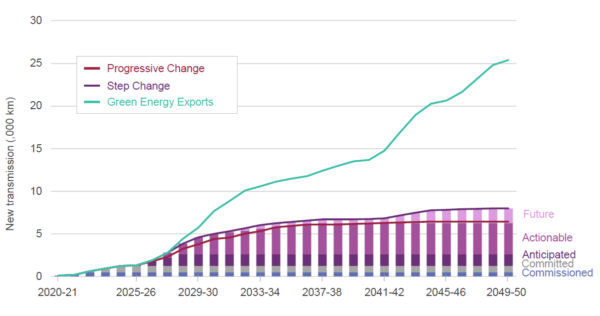
Image: Australian Energy Market Operator
The Green Energy Network proponent, South Australian transmission specialist company ElectraNet will consider options to expand power system capacity from the state’s mid north to Adelaide and Whyalla to future-proof electricity supply and power new loads associated with the state’s Prosperity Project.
The Prosperity Project is an initiative to boost renewable energy production, critical mineral mining and green manufacturing using, for example, large scale green hydrogen, to reindustrialise the state’s mid northern region.
The Mid North South Australia project will add 1,200 MW additional network capacity by 2029, through several measures, including building 275 kV double-circuit and 132 kV single-circuit lines between infrastructure in the region.
ElectraNet’s Chief Executive Officer Simon Emms welcomed the decision by AEMO saying to energise South Australia’s clean energy future, investment is needed in the energy transmission network.
“In the last five years we have successfully delivered almost 1,000 km of new lines, on time, on budget, and with the support of the local communities and traditional owner groups, and we expect Green Energy Network will be no different,” Emms said.
“Before Green Energy Network can go ahead, an independent rigorous assessment of ElectraNet’s cost benefit analysis will be undertaken that will take community views into account.”
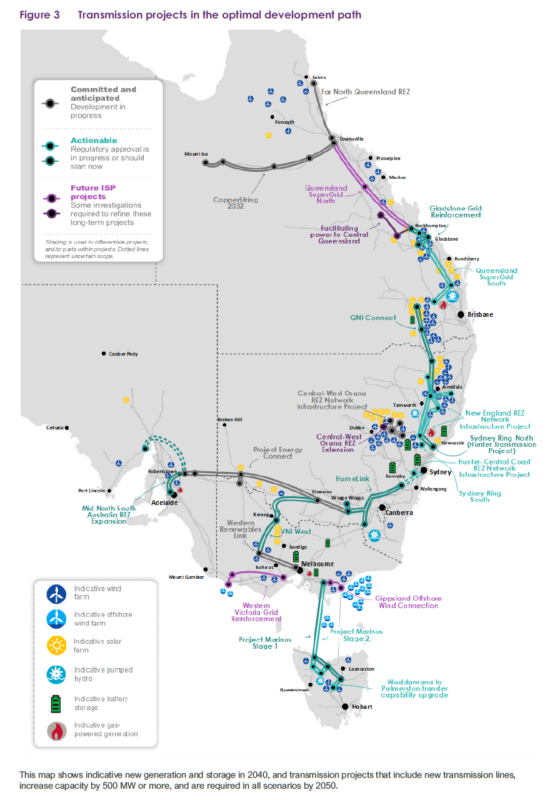
Image: Australian Energy Market Operator
In Tasmania, TasNetworks, will begin it’s estimated $201 million project development with stakeholder engagement as it seeks to introduce an additional 690 MW with the Waddamana-Palmerston transfer capability upgrade, which includes building two power flow controllers on two 220 kV transmission lines.
The $59 million 1 GW HCCREZ network infrastructure project in NSW currently supplies the Sydney, Newcastle and Wollongong (SNW) load centre and has been identified to support the expected increase in renewable generation from solar and on and offshore wind projects.
It will add an additional 500 MW to the network through various measures including the building of a new 330 kV switching station.
The $1.5 billion Transgrid Sydney Ring South project will increase transfer capacity by 4.5 GW into the SNW load centre, taking over from decommissioned coal-fired generators and to accommodate additional generation from renewable sources such as Central-West Orana REZ.
Connecting NSW to Queensland is the $2.5 billion joint Powerlink and Transgrid QNI Connect project which aims to supply additional network capacity of 1.2 GW north of the border, and 1.7 GW to the south, with a completion date of 2033.
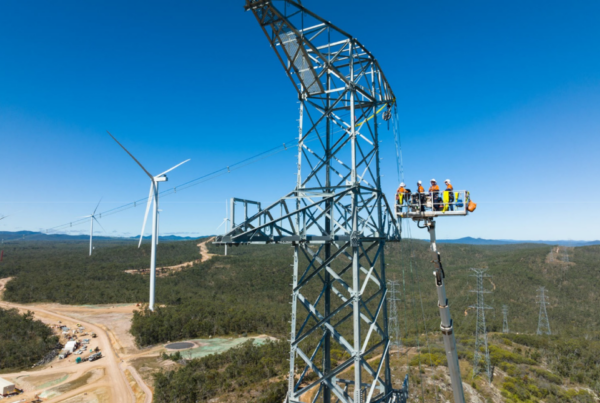
Image: Powerlink
The identified need of the $3.2 billion Powerlink (QEJP Stage 2), also in Queensland, has been to grow power transfer capability to support future increases in renewables and meet large industrial loads in central Queensland to replace significant amounts from decommissioned of coal generators.
QEJP Stage 2 will add additional network capacity of 3.5 GW from central to south Queensland and 3.5 GW from south to central Queensland and will also host the large Borumba pumped hydro project to improve its viability, which is currently constrained by existing transmission network limits.
The last project deemed newly actionable by the AEMO in the 2024 ISP is the $1.3 billion Powerlink GGR project, which will add 2.6 GW into the central Queensland to Gladstone Grid transmission network, and 500 MW from the Gladstone Grid to central Queensland, to be completed in March 2029.
Eleven more transmission projects are listed in the AEMO ISP as future projects coming online in NSW, Queensland, South Australia and Victoria, including six renewable energy zones.
This content is protected by copyright and may not be reused. If you want to cooperate with us and would like to reuse some of our content, please contact: editors@pv-magazine.com.
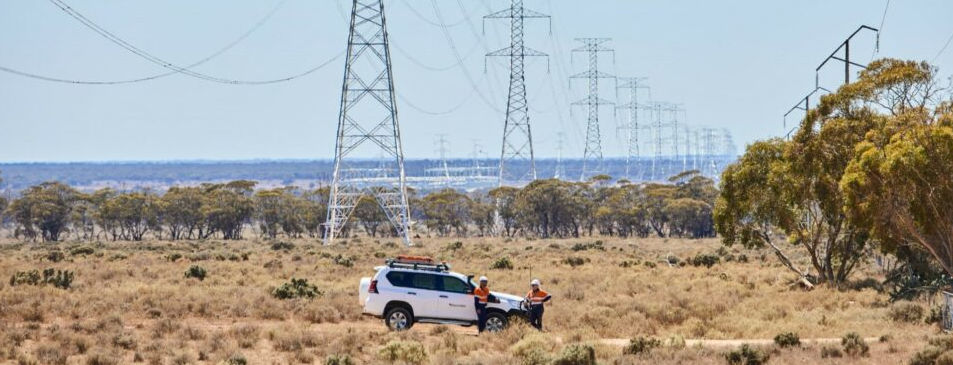

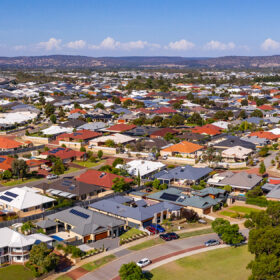
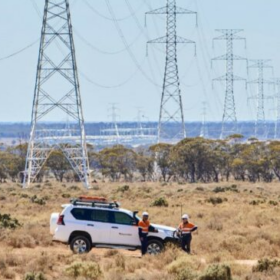
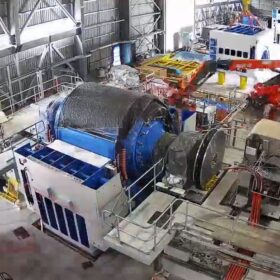
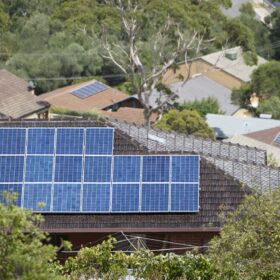
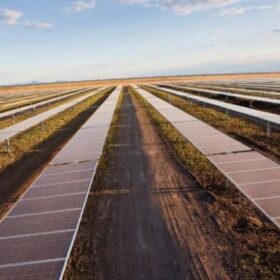
By submitting this form you agree to pv magazine using your data for the purposes of publishing your comment.
Your personal data will only be disclosed or otherwise transmitted to third parties for the purposes of spam filtering or if this is necessary for technical maintenance of the website. Any other transfer to third parties will not take place unless this is justified on the basis of applicable data protection regulations or if pv magazine is legally obliged to do so.
You may revoke this consent at any time with effect for the future, in which case your personal data will be deleted immediately. Otherwise, your data will be deleted if pv magazine has processed your request or the purpose of data storage is fulfilled.
Further information on data privacy can be found in our Data Protection Policy.